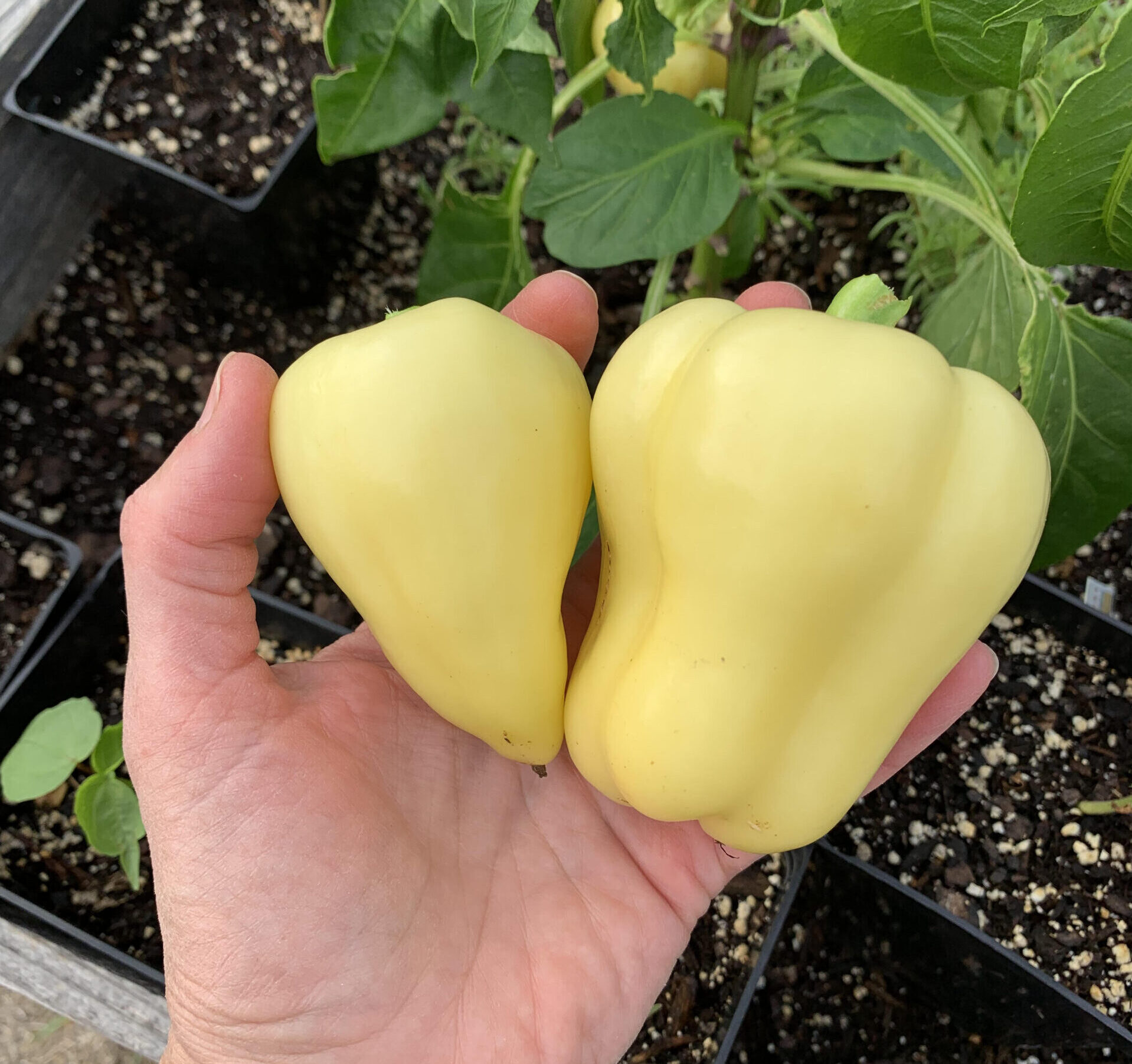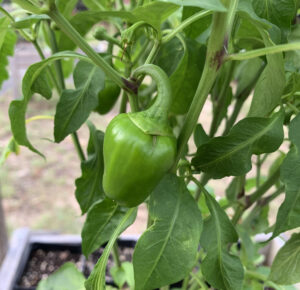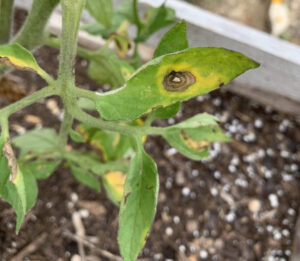Peppers, whether sweet or spicy, are often a favorite crop of gardeners. It is a wonderful feeling when you can harvest beautiful, ripe peppers that rival and even surpass those found in grocery stores. But occasionally, you may discover that some of your peppers are deformed or misshapen. When this happens, you might question what caused the malformation and how can it be avoided in the future. You might also be wondering if you can eat the strange-looking produce. This article will give you the answers you need.
Here are the four primary reasons peppers grow deformed and what you can do to prevent it.
1. Incomplete Pollination
The proper pollination of pepper flowers plays a crucial role in fruit development. Environmental conditions can negatively impact this process, causing pollination to be inadequate. The main culprit for incomplete pollination is temperatures that are too high or too low.
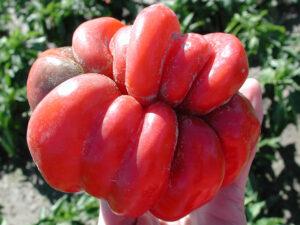
Peppers love warm weather, so when blooming plants experience temperatures below 60 degrees F (15 C), it can hinder both the transfer and viability of pollen. Incomplete pollination can result in flatter fruit that sometimes has a pointed end. Moreover, cool temperatures, especially below 50 F (10 C), can cause the first cluster of fruit to develop catface, which is a deformation characterized by deep crevices and holes that are said to resemble a cat’s face. This condition can happen to tomatoes as well.
Catface can also be the result of excessive heat, as well as widely fluctuating daytime and nighttime temperatures. Plants that experience excessively high temperatures while flowers are forming can result in fruit with extra segments, also known as locules. (Improper temperatures can also lead to stunted growth in peppers and tomatoes. Check out this helpful article for more information.)
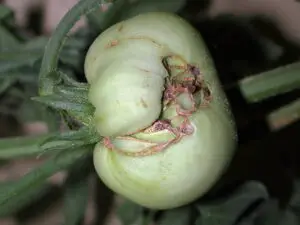
Pepper flowers are self-pollinating, but in an effort to remedy problems associated with incomplete pollination, you can take a small, soft-bristled brush and make a gentle swirling motion inside each bloom to ensure pollen is distributed.
This article contains affiliate links. If you make a purchase using one of these links, I will receive a very small commission at no additional cost to you, and it will help me maintain this website. Rest assured, I only recommend products I actually like!
If you grow peppers in containers, you can combat excessive temperatures or temperature fluctuations by temporarily moving them indoors or to a greenhouse if temperatures are unseasonably cool. If temperatures soar, you can add shade cloth to protect them during the heat of the afternoon. (You can learn more about shade cloth and how to choose the right one in this helpful article.)
2. Physical Barriers
Misshaped produce can also be caused by peppers growing in cramped quarters. For example, if a developing pepper becomes wedged between physical barriers, like two branches or a branch and the stem, its growth can be impeded, and its shape altered. To remedy, keep an eye on developing peppers. When you see one pinned between barriers, you can try to gently free it from the obstacles.
3. Pests
Insects may also cause peppers to be deformed. For example, pepper weevils, marmorated stink bugs, and leaf-footed bugs inject toxic enzymes into produce when they feed, which destroys plant tissue, causes discoloration, and fruit malformation.
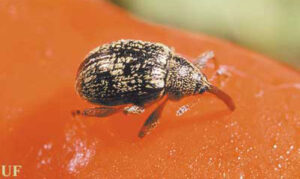
Frequent inspections of the garden can help to identify pest problems before they get out of control. In addition, neem oil is an effective deterrent and pesticide. You can learn more about neem oil and how to make your own DIY spray in this helpful article.
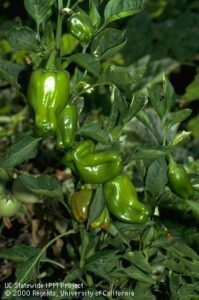
4. Genetics
Sometimes pepper deformation is simply a result of poor genetics. Physiological changes, even micro-changes, can negatively impact how a pepper develops. Fortunately, these are comparatively rare occurrences.
Can You Eat Deformed Peppers?
Are deformed peppers safe to eat? They may not look as appealing as those we find in grocery store produce bins, but they are just as nutritious and tasty, if not more so, considering some commercial growing practices.
Not all deformed peppers should be eaten, however. It is best to throw away produce that has evidence of worms, catfacing, or is diseased-looking. These conditions render the produce inedible.
Now that you know the top four reasons peppers grow imperfectly, you can take measures to minimize the occurrence.
Thank you for reading this article! If you found it helpful, please consider sharing it with others via email and social media!
